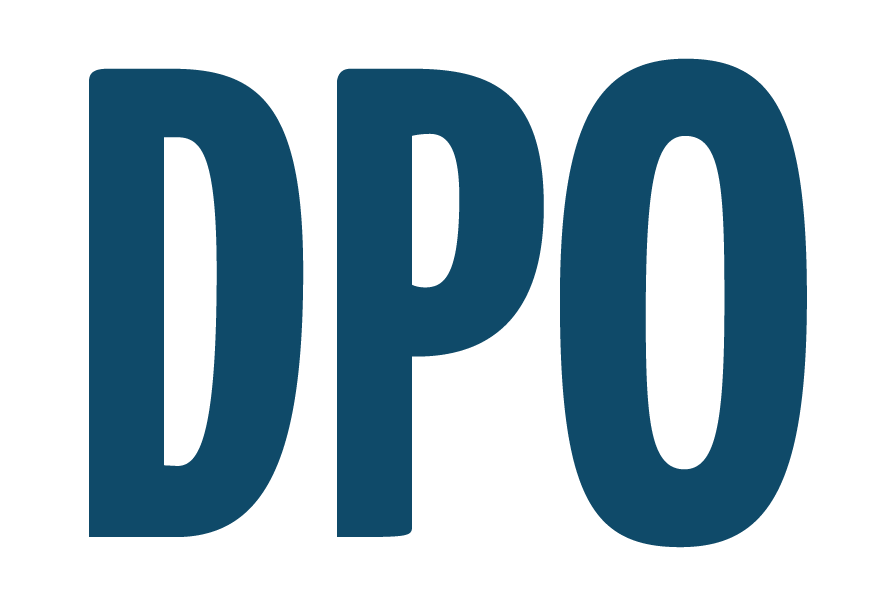Blanket Orders: What You Need To Know
- Bogdan Büchner

- Apr 7, 2017
- 3 min read
Business purchases must be researched and documented, making the process somewhat drawn out by necessity. While there are many good reasons for businesses to do this type of standardized documentation, it does take time and energy. That is why many businesses also utilize blanket orders.
What Is a Blanket Order?
Blanket purchase orders are commonly referred to as blanket orders. These documents are intended to provide notice of a purchase agreement with a specified vendor. However, unlike normal purchase agreements, a blanket order creates a longstanding relationship. With a blanket order, the business can establish an ongoing relationship with a desired vendor. The order documentation will include several variables to cement the deal. First, the goods and services being procured will be specified. Additionally, the price point will be determined upfront and put in writing. Because these are longstanding agreements, settling the price in advance is pivotal. Moreover, the purchase agreement should also include how long the relationship will last. Other terms and conditions may also be spelled out at this time in order to define the relationship between the client and the supplier.
What Are the Advantages of Blanket Orders?
A business may leverage a blanket order for several key reasons. Both suppliers and clients can benefit from this type of arrangement. For suppliers, this is a great way to ensure ongoing business. This way, clients are less likely to make spending decisions outside of the established contract. For clients, these orders can streamline the buying process, creating less paperwork and hassle. Moreover, because these orders are longstanding, many vendors agree to reduced prices in exchange for loyalty. This can save the client money over time, making these orders smart business decisions.
The client can also use a blanket order as a tool to control costs and paperwork. This way, ongoing purchases are from approved vendors. It is also a good budgetary tool. With a blanket order, you can predict costs over the course of the contract. The contract can even explicitly state how much product can be procured, which again minimizes variability in expenditures. In this manner, it is literally impossible to spend more money than determined without creating a fresh order from which to work.
What Are the Limitations of Blanket Orders?
Clearly, blanket orders are powerful for businesses and vendors. However, these purchase agreements do have certain limitations. This is especially true for vendors. Blanket orders should never be confused with volume purchase agreements. Although both orders have ongoing consequences, volume purchase agreements specify a certain amount of goods or services. In these contracts, clients can be charged a penalty if the volume is not met. Additionally, while blanket orders usually do include a cap on expenditures, that cap is a limitation and not a requirement. Clients are not committed to spending the full amount. Instead, they are merely allowed to purchase up to that amount.
It should be noted that a blanket order does not require any purchase whatsoever. These agreements simply outline what the nature of the relationship between client and supplier can be. To this end, clients should also remember that the blanket order requires some ongoing maintenance. Since no purchase is required with these orders, the client must contact the vendor to place specific orders during the length of the contract.
Author: Bogdan Tomassini-Buechner
Date: March, 1st 2017




